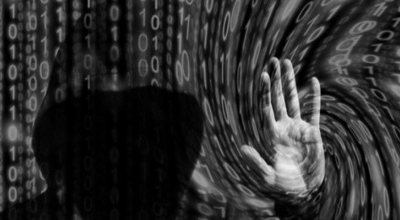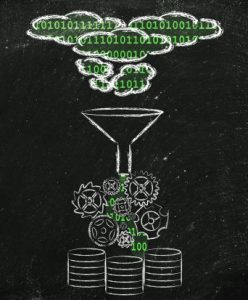
There was a flurry of interest in the technical press during the summer with the news that GitHub had placed much of the open source code it held into an almost improbably long-term Arctic archive (e.g. Kimball 2020; Metcalf 2020; Vaughan 2020). GitHub’s timing seemed propitious: in the midst of a global pandemic, with wild fires burning out of control on the west coast of the USA and elsewhere, and with upgrades to the nearby Global Seed Vault recently finished after being flooded as a consequence of global warming.
The Arctic World Archive was set up by Piql in 2017 and situated in a decommissioned mineshaft deep within the permafrost near Longyearbyen on the Svalbard archipelago. The data are stored on reels of piqlFilm (see Piql 2019, Piql nd), a high-resolution photosensitive film claimed to be secure for 750 years (and over 1000 years in cold low-oxygen conditions) and hence require no cycle of refresh and migrate, unlike all other forms of digital archive. The film holds both analog (text, images etc.) and digital information, with digital data stored as high resolution QR codes. Explanations of how to decode and retrieve the information are included as text at the beginning of each reel that can simply be read by holding it up to a light source with a magnifying glass, and Piql claim that only a camera/scanner and a computer of some kind will be required to restore the information in the future which means that the archive outlives any technology used to store the data in the first place.









